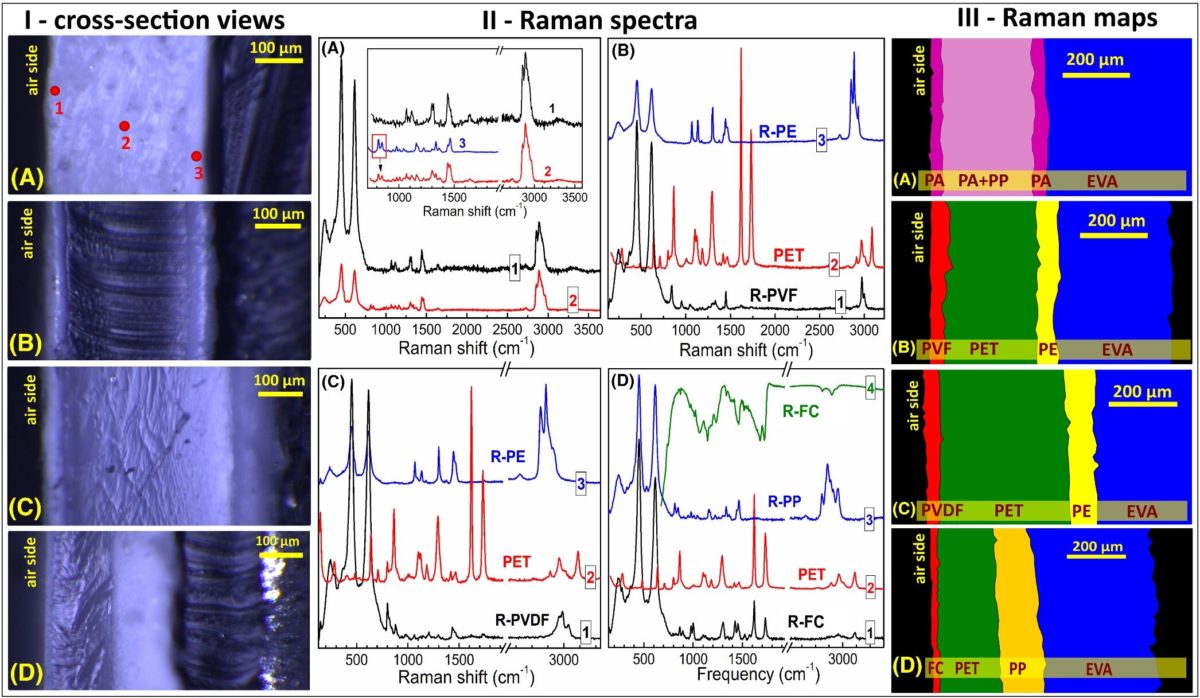Backsheet and encapsulant issues in the field, allowing moisture into the electrical workings of a PV module, are one of the most common causes of performance loss and failure in large-scale PV power plants.
The solar industry has recently begun to take more action in this area, with new and more durable backsheet construction and encapsulant materials gaining market share. And for backsheets in particular, repair methods have been introduced that could eliminate the need for more costly replacement of modules or even an entire power plant.
These repair methods, however, depend on spotting the problem early enough to intervene before irreversible damage has been caused – a challenge particularly in large-scale projects, and one that can require costly inspection of the modules, and even the need to remove them from the installation and transport to a lab for testing.
With this in mind, scientists led by the Helmholtz Institute Erlangen-Nürnberg for Renewable Energy (HI ERN), in Germany investigated the use of near-infrared transmission analysis on modules in the field, and found that the analysis allowed them to identify four different types of backsheet in a megawatt-sized solar park, and also showed that for one type at least, degradation mechanisms affecting the backsheet altered the near-infrared transmission spectrum, allowing them to spot degraded backsheets in the field without more invasive/destructive analysis.
Popular content
“Solar-NIRT is relatively fast, non-invasive, selective, can be upgraded to a non-contact regime making it a promising tool for high-throughput characterization,” stated the group. The method is described in full in the paper Solar-NIRT: Identification of PV-module backsheets in the field with natural sunlight, published in Progress in Photovoltaics.
“As the characteristic vibration bands of many PV-relevant polymers do not overlap with the absorption bands of atmospheric gases (H2O, CO2), we were able to distinguish between four exemplary BS types found on a multi-MW power plant used for testing the method,” stated the group, further explaining its approach. “Additionally, degradation signs were detected for one of the BS types showing the potential of such “Solar-NIRT” spectroscopy for evaluating the degradation status of the module BSs.”
Based on the results achieved so far, the group expects to see its method developed into a large-scale process either fully automated or human-assisted, that is able to characterize large-scale PV installations and track degradation of polymer-based backsheets and encapsulants.
This content is protected by copyright and may not be reused. If you want to cooperate with us and would like to reuse some of our content, please contact: editors@pv-magazine.com.



By submitting this form you agree to pv magazine using your data for the purposes of publishing your comment.
Your personal data will only be disclosed or otherwise transmitted to third parties for the purposes of spam filtering or if this is necessary for technical maintenance of the website. Any other transfer to third parties will not take place unless this is justified on the basis of applicable data protection regulations or if pv magazine is legally obliged to do so.
You may revoke this consent at any time with effect for the future, in which case your personal data will be deleted immediately. Otherwise, your data will be deleted if pv magazine has processed your request or the purpose of data storage is fulfilled.
Further information on data privacy can be found in our Data Protection Policy.